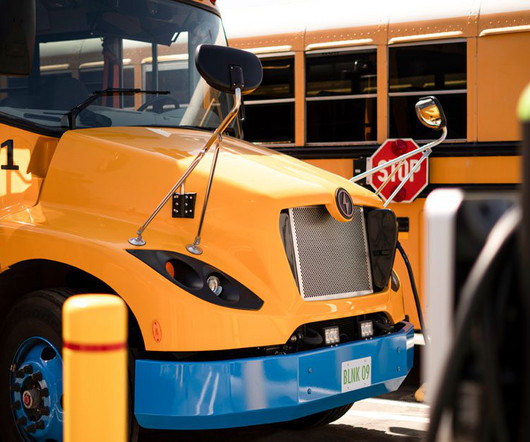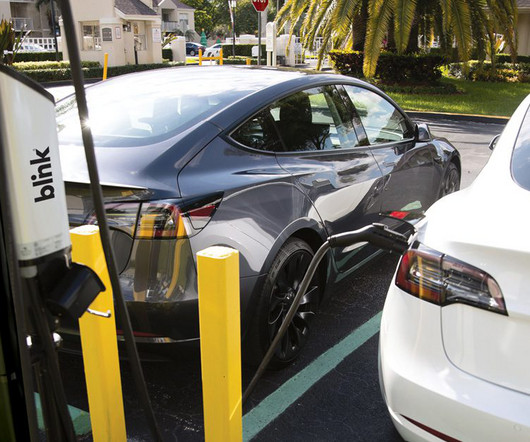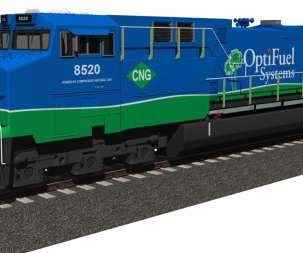Why Schools Should Electrify Their Bus Fleets
Blink Charging
SEPTEMBER 12, 2023
The transition away from gasoline and diesel vehicles to electric vehicles (EVs) is going full throttle in the United States, and that includes the iconic yellow school bus. Here are several reasons for school districts to switch to electric buses.





























Let's personalize your content